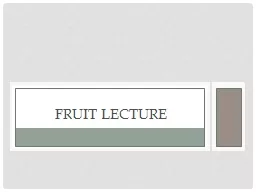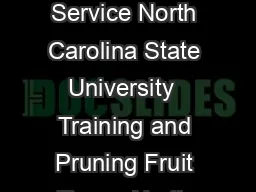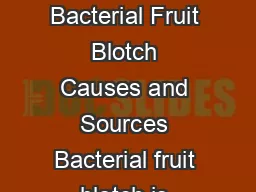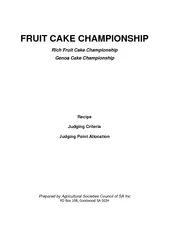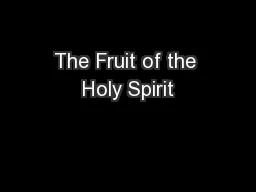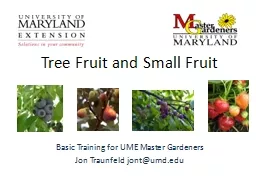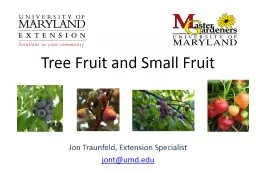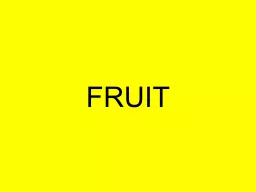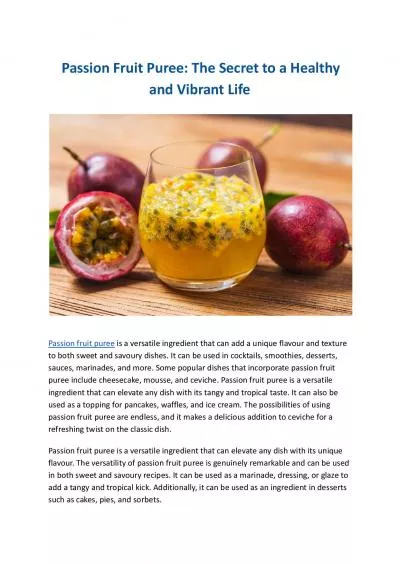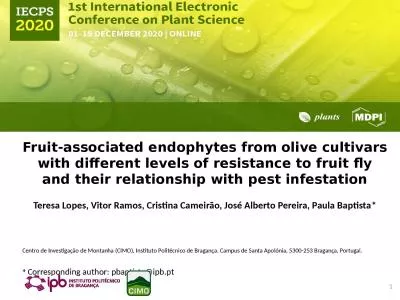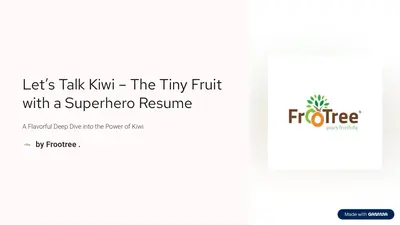PPT-Fruit Lecture
Author : lindy-dunigan | Published Date : 2016-09-09
Botanical Names of Fruits Pomes Smooth skin and an enlarged fleshy area that surrounds the core Ex apple pear kiwi Drupes Contain a single seed or pit surrounded
Presentation Embed Code
Download Presentation
Download Presentation The PPT/PDF document "Fruit Lecture" is the property of its rightful owner. Permission is granted to download and print the materials on this website for personal, non-commercial use only, and to display it on your personal computer provided you do not modify the materials and that you retain all copyright notices contained in the materials. By downloading content from our website, you accept the terms of this agreement.
Fruit Lecture: Transcript
Download Rules Of Document
"Fruit Lecture"The content belongs to its owner. You may download and print it for personal use, without modification, and keep all copyright notices. By downloading, you agree to these terms.
Related Documents

